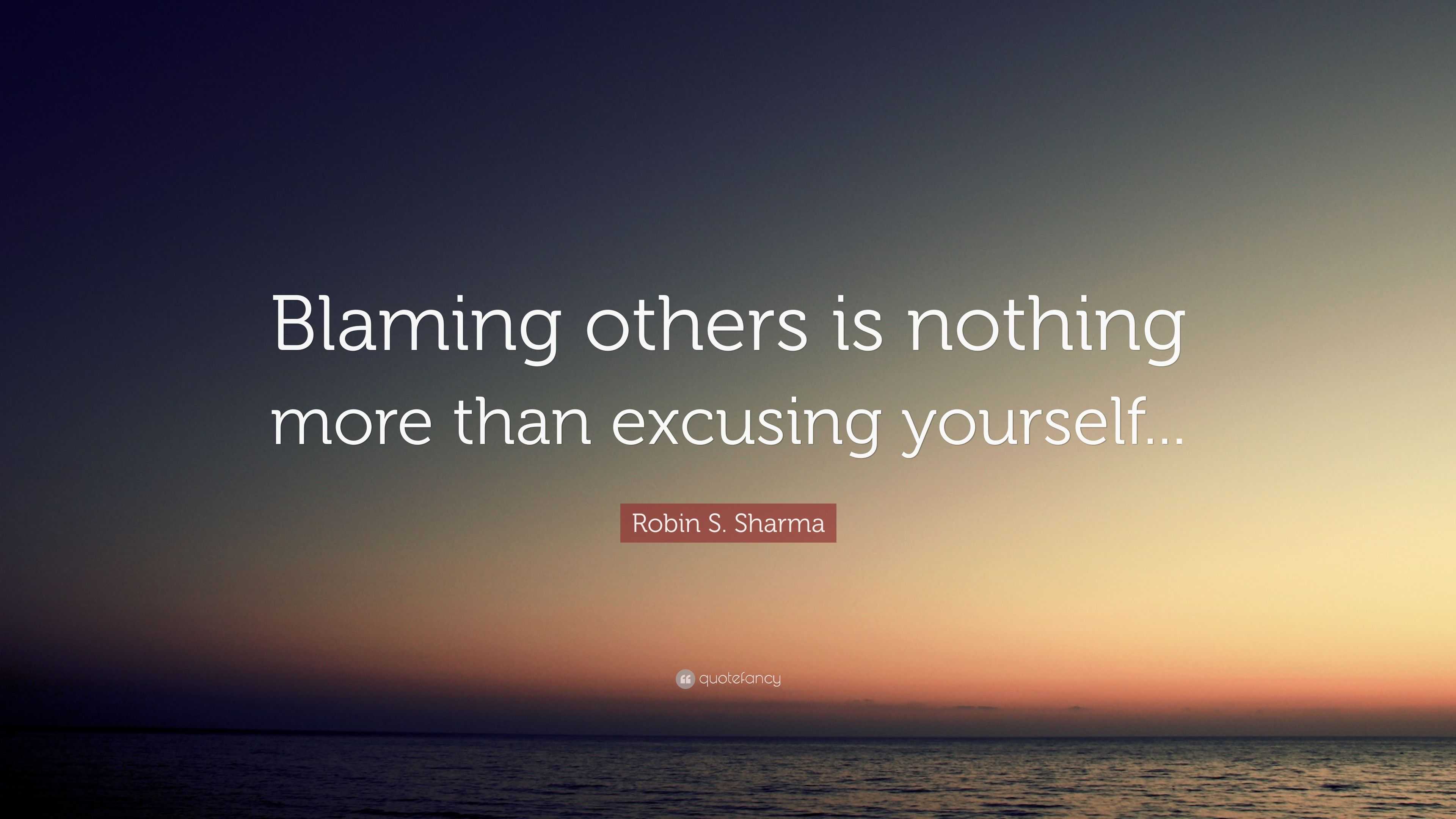

"Their memory from the original location has been overwritten," says Joel Voss, an assistant professor of neuroscience at Northwestern. They always picked the second, updated location. But when new information is presented, like a new location for the small object, that new location is tied to the old scene (bottom).įinally the participants were shown the original scene, with the apple in three places: the original location, the second or a brand-new one. When an object's location and a background scene are presented together, they are remembered as a whole event (top). The researchers used scenes like this to test memory. Then they were asked to move the object to its location in in the first picture. They were then shown a scene with the object in a new location. To figure this out, researchers at Northwestern University asked 17 people to look at images of a scene, like a beach or a farm, with a small object like an apple layered on top. Instead, they think the brain updates memories to make them more relevant and useful now - even if they're not a true representation of the past. Scientists say that this isn't a question of having a bad memory. The brain edits memories relentlessly, updating the past with new information. What did her face look like? If you have a hard time imagining the way she looked then rather than how she looks now, you're not alone. Scientists say this may help us function better in the present.

The brain edits memories of the past, updating them with new information.


 0 kommentar(er)
0 kommentar(er)
